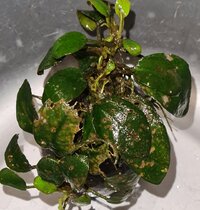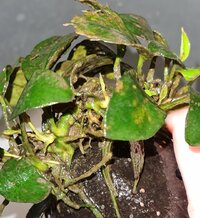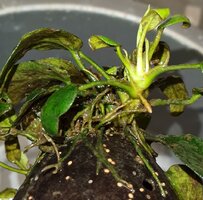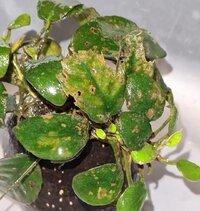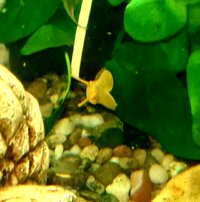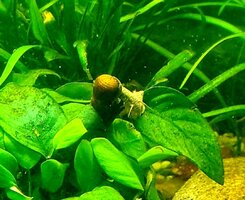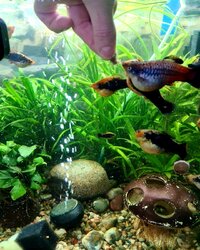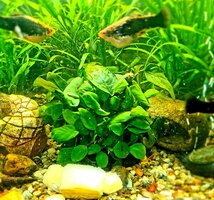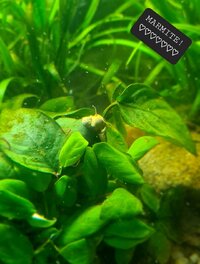Sweetie
New Member
Hi everyone 👋 I've successfully kept real aquatic plants for years, and had a few Anubias that were really beautiful (one especially was huge) - that was until I added a load of crushed coral into both my tank and external filter to naturally raise the PH, which had started dropping and showing the effect of a few of my snail's shells 🙈
I had no idea that adding the crushed coral would have repercussions beyond raising the PH but it did.. First, a couple of red Crypto's started melting, so I removed them and put it them in other tanks, where both are now thriving again.. My Anubias literally just turned to mush and fell apart - I came in one day and found the giant one in about 20 pieces floating round the tank 😢 This was closely followed by a few Java ferns and another large stringy plant at the back (I don't know what it's called, sorry..)
I'm absolutely devastated, and more than a bit panicking too.. I think I need to try dosing magnesium/macros to keep up with the extra calcium from the coral, but I know very little about it and I'm worried about my little creatures being in the same water like a science project if I do it wrong? 😣 I tried API Leaf Zone for 2months, no effect, but I've also got Fluval Grow+ if that's better? Can anyone advise please? 🙏 I've included a picture of one of my beautiful Anubias before the coral, then a scrap after attached to a top of a cave..😢
Any help/advice will be very gratefully received. Thankyou 🙏🤞 xx

I had no idea that adding the crushed coral would have repercussions beyond raising the PH but it did.. First, a couple of red Crypto's started melting, so I removed them and put it them in other tanks, where both are now thriving again.. My Anubias literally just turned to mush and fell apart - I came in one day and found the giant one in about 20 pieces floating round the tank 😢 This was closely followed by a few Java ferns and another large stringy plant at the back (I don't know what it's called, sorry..)
I'm absolutely devastated, and more than a bit panicking too.. I think I need to try dosing magnesium/macros to keep up with the extra calcium from the coral, but I know very little about it and I'm worried about my little creatures being in the same water like a science project if I do it wrong? 😣 I tried API Leaf Zone for 2months, no effect, but I've also got Fluval Grow+ if that's better? Can anyone advise please? 🙏 I've included a picture of one of my beautiful Anubias before the coral, then a scrap after attached to a top of a cave..😢
Any help/advice will be very gratefully received. Thankyou 🙏🤞 xx



